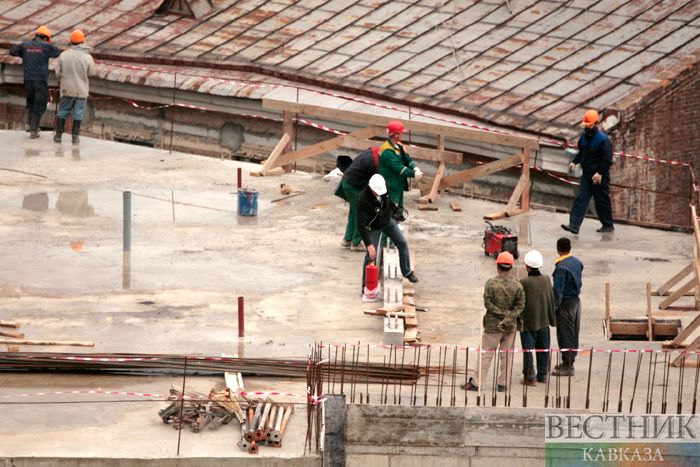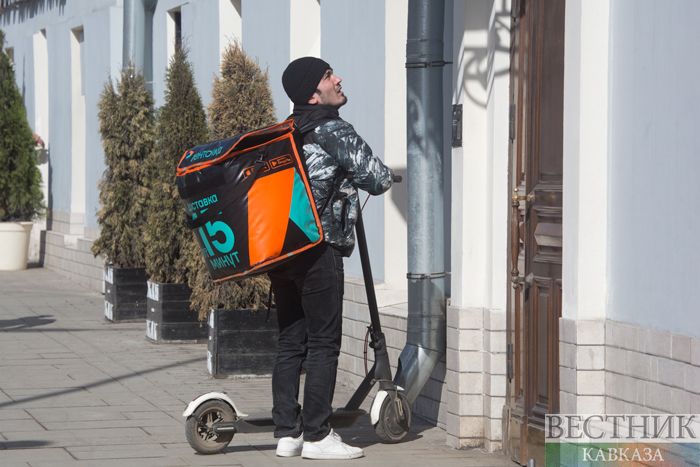As the new coronavirus spreads and gives borders — of any kind — new meaning, nation-states are closing their physical borders at a staggering pace. Even borders that were usually open, such as between Russia and Central Asia, have hardened. As COVID-19 appeared in the region, a travel lockdown was imposed, banning “migrants” from accessing local public health infrastructure and putting them into an even more vulnerable situation, the Diplomat writes in the article Coronavirus Exposes Central Asian Migrants’ Vulnerability.
Hundreds of migrant workers from Central Asian countries have been stranded at different airports after Russia and other countries stopped regular flights to Kyrgyzstan, Uzbekistan, and Tajikistan. In Orenburg, 157 Kyrgyz citizens were trapped on the border for three days. Other migrants spent all their savings on plane tickets and were forced to camp out at the terminal for weeks until the issue was solved by their respective governments. In the meantime, many were sleeping on the floors of the facility or in the duty-free section.
On March 30, 300 Uzbek and Kyrgyz citizens who could not fly out of Tolmachevo Novosibirsk airport went on a hunger strike. According to the Novosibirsk news site NGS, riot police units were deployed to remove some passengers from their planes to Uzbekistan as borders closed and flights were cancelled. Central Asia’s migrant workers are at high risk of catching the new virus in crowded airports under unhygienic conditions, unable to self-quarantine, with limited or no access to health services.
For the last two decades, Russia has taken in migrants on an unprecedented scale to fill a growing hole in its workforce. The migration corridor formed between Central Asian countries and Russia is one of the largest in the world. It consists primarily of labor migrants, between 2.7 and 4.2 million people. At least 3 million migrants are working in Moscow alone.

According to the World Bank, in 2015 Kyrgyzstan and Tajikistan ranked top two among all countries for remittances as a share of GDP, at 31 percent and 52 percent respectively. They’ve fallen in the ranking since but as of 2019 both remained in the top five remittance-receiving countries by percentage — around 29.7 percent and 29.6 percent, respectively for Tajikistan and Kyrgyzstan.
The coronavirus crisis has caused millions of migrant laborers from Central Asia to lose their jobs in Russia. Remittances that kept their relatives afloat have plummeted, and many migrants are stuck between borders under severe pressure trying to get home. Some cannot pay the monthly charge for a license to work, or for the required documents and examinations. Usually, Central Asians accept menial, low-paid jobs that Muscovites don’t want to do – on construction sites, sweeping streets, and hauling heavy packs at city markets and stores. The sites where migrant workers live are tightly-packed apartments with 20 people living together, which also make measures like social distancing all but impossible and puts this population at a much higher risk for virus transmission.
Thus the mobility of migrants themselves further complicates nation-state-based approaches to tackling the global public health crisis. They are most vulnerable to the COVID-19 measures in Russia and around the globe.









